Single-point and Twin-point Track - The Differences Explained
With all our top-hung moving wall systems we have two different track types; single-point and twin-point. This article aims to explain the differences between both:
Single-point
Simply refers to the fact that the panels have one single trolley (or roller) that is situated centrally on the panels’ top horizontal profile.
What this means is that the panels will pivot, then stack against the wall at 90 degrees to the position they were in when closing off the room.
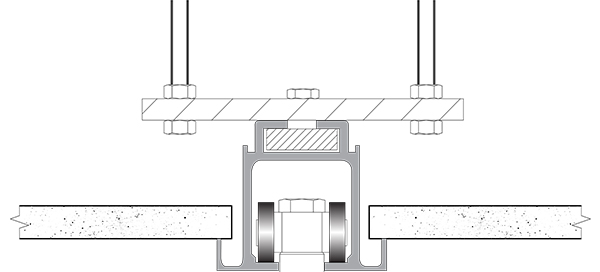
The single roller each panel has rolls in a vertical plane – this means the roller can only travel in straight lines and is not able to turn corners.
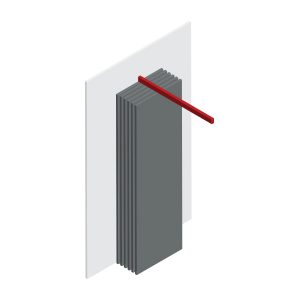
The video below shows a single-point Solo moving wall in action:
Twin-point
Panels that are twin-point are able to travel to various places to stack – we say that wherever there is track, the panels can go!
Twin-point refers to the fact that each panel has two trolleys (or rollers). These rollers rotate on a horizontal plane which enables them to turn corners. So, by joining twin-point track together to create angles we can send panels to different places.
Twin-point panels don’t pivot like single-point panels do – and the user hasn’t got the ability to stack the panels at either end of the opening if the track isn’t configured to enable that. So with twin-point track the panel stacking locations are fixed and determined by the location of the stack bays.

For simplicity we refer to the different stacking configurations with twin-point track as B, C, D etc. The illustrations below show what each configuration looks like:

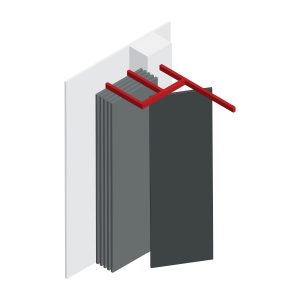

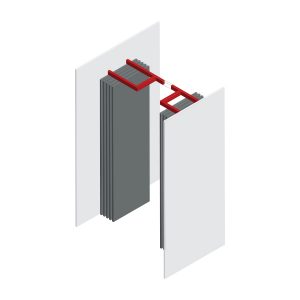
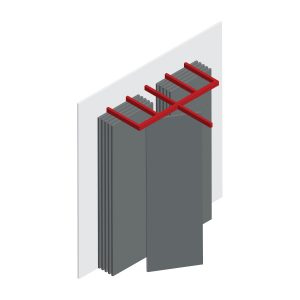
The video below shows a twin-point (configuration “C”) Float Agile Sliding panel system in action:
Please get in touch if you have any questions regarding your flexible space requirements or if you’d like to know more about one of our moving walls systems.